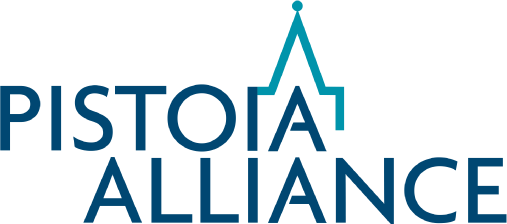Instruments and Equipment Inventory Ontology
Date Submitted: June 2024
Person Creating Document: Alice Laures
Idea Originator: Alice Laures GlaxoSmithKline
Problem Statement
The problem to be solved is the lack of an ontology and/or standard vocabularies in instruments and equipment inventories, which makes the categorizing and querying of these systems difficult. This issue is particularly prevalent in the pharmaceutical industry, where digitalization efforts have led to challenges in building efficient data pipelines, matching process/analytical method requirements with receiving site capabilities and ensuring cyber security and efficient maintenance of the instrument & equipment fleet. Solving this problem is important as it would streamline data management, improve efficiency and security, and facilitate technology transfer.
Idea Proposal and Value Proposition
The proposed idea is for pre-competitive collaboration within the Pistoia Alliance framework between pharmaceutical companies and instruments/equipment inventory vendors to create an ontology covering instrument & equipment inventory. This ontology would provide a structured framework for organizing knowledge and would enable natural language queries.
All users, purchasers and maintainers of instruments and equipment would benefit from this work. This includes (but is not limited to) lab scientists, lab managers, data scientists, engineers, data engineers, tech professionals, OT professionals, and inventory vendors. The benefits include improved efficiency in data management, cost savings from avoiding duplicate purchases, automated and improved budget forecasting, better resource allocation, enhanced compliance, streamlined site impact assessment and tech transfer, and facilitated management of OT metadata.
The ontology-based inventory system would also facilitate software and hardware upgrades by providing the necessary knowledge about the instrument fleet. It would also foster data re-use and cross-fertilization across groups with varying degrees of data savviness, creating opportunities for quick wins in areas less advanced in their data journey. A well-documented instrument/equipment inventory would facilitate the creation of pipelines for consistent, FAIR data.
The creation and use of an instrument & equipment inventory ontology will drive:
- Data quality improvements – which in turn will improve the accuracy of the answers to users
questions addressing various competency questions (e.g. which instruments have got which capabilities, are located on which sites, which instruments are/not fully utilized, when do instrument x or y come out of warranty, which instrument requires a software upgrade etc). - Cost improvements – through better utilization of instruments and equipment, avoiding duplicate purchases, automating and improving budget forecasting for replacement,
building data pipelines in bulk at decreased cost and therefore avoiding manual data
manipulation, accelerated tech transfer etc - Time savings – as currently accessing any knowledge related to the instrument & equipment fleet is very manual and requires people taking time out of their core responsibilities to answer various questions and support many upgrade & maintenance efforts and digitalization initiatives (digital tech transfer, data re use etc).
These improvements and savings can be quantified/estimated via the various measures currently in place (effort tracking, cost of building 1 data pipeline at a time, time spent gathering information etc).
Critical Success Factors
The success of this project idea depends on the collaboration between various stakeholders in the pharmaceutical industry and the willingness of instruments/equipment inventories vendors to adopt the ontology. The required inputs include the knowledge and expertise of these stakeholders, as well as some sample data from the existing instruments and equipment inventories.
Other Relevant Information
Based on the success of the IDMP ontology and Clinical operation ontology work, investing into building an instrument & equipment inventory ontology in the precompetitive space is a low-risk endeavour with tangible benefits.
Below are some examples of competency questions to be answered by the ontology and its
associated knowledge base:
- What is the range of sizes for the bioreactors on site Upper Merion? Technology transfer
- Give the location of HPLC with a CAD detector in the UK. Instrument utilization & replacement strategy
- What types of mass spec ionization are available in Ware laboratories? Instrument utilization & replacement strategy
- When does the warranty expires on the HPLC model xx of the Stevenage open access fleet? Instrument utilization & replacement strategy
- How many PCs attached to instruments and equipment have got Windows 10 in Upper
Providence? Maintenance and support - Give me the instrument owner’s name and location for all vicell cell counters. Data capture in bulk

